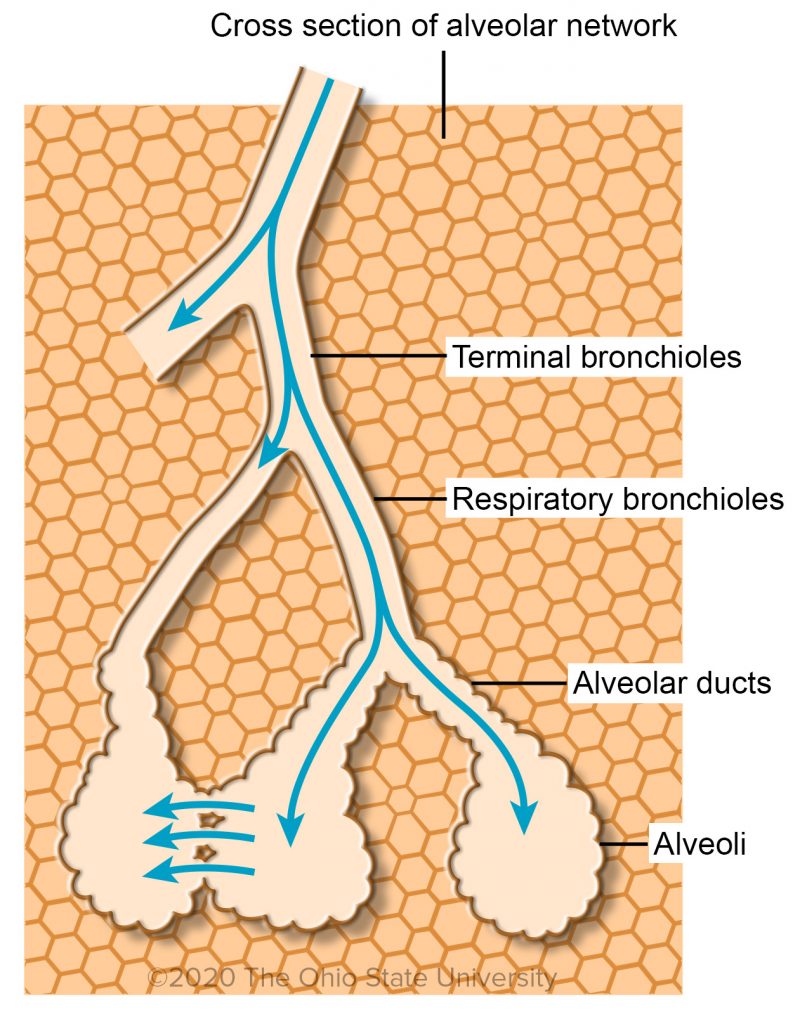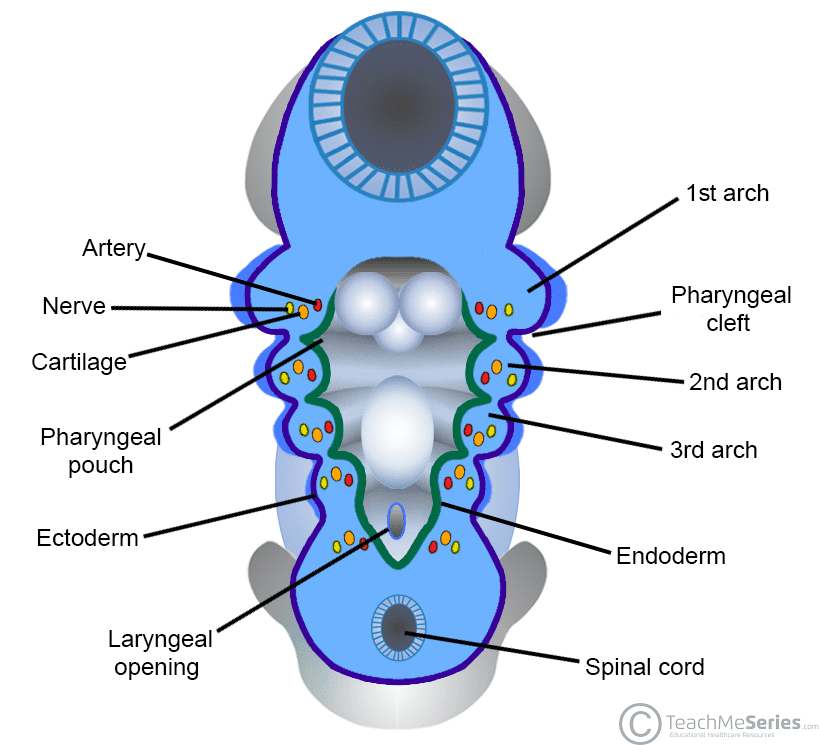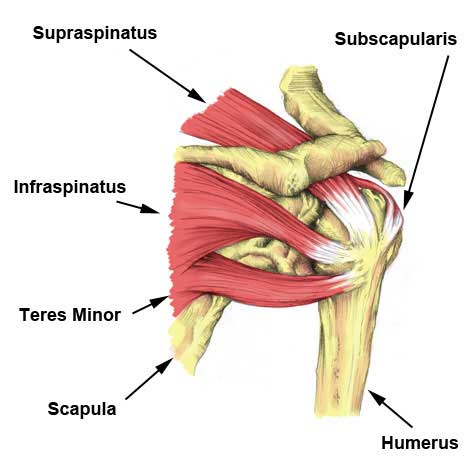A 47-year-old morbidly obese woman comes to the physician seeking advice regarding weight loss. She has tried diet and exercise a number of times without success. Her other medical problems include type 2 diabetes mellitus and obstructive sleep apnea. Her body mass index is 43 kg/m2. After a discussion about available surgical options, she expresses interest in the adjustable gastric band, an inflatable silicone device that is placed around the cardiac part of the stomach. In order to encircle the stomach, the band must pass through which of the following structures?
A) Splenorenal ligament
B) Greater omentum
C) Lesser omentum
D) Gastrocolic ligament
E) Falciform ligament
Lesser omentum

A 53-year-old woman is brought to the emergency department because of sudden-onset slurred speech and right-sided weakness. Physical examination shows an expressive aphasia, right facial droop, and decreased muscle strength in the right arm and leg. A CT angiogram of the head shows a thrombus in the left middle cerebral artery, and endovascular thrombectomy is performed. Microscopic examination of the retrieved thrombus shows mucoid, gelatinous material that is hypocellular. This thrombus most likely originated from which of the following anatomic locations?
A) Aortic valve
B) Right atrium
C) Aortic arch
D) Left atrium
E) Carotid artery
F) Femoral vein
Left atrium

An 8-year-old boy is brought to the emergency department because of shortness of breath and dry cough for 2 days. His symptoms began after he helped his father clean the basement. He is allergic to shellfish. Respirations are 26/min. Physical examination shows diffuse end-expiratory wheezing and decreased inspiratory-to-expiratory ratio. This patient's symptoms are most likely being caused by inflammation of which of the following structures?
A) Alveoli
B) Pleural cavity
C) Terminal bronchioles
D) Distal trachea
E) Respiratory bronchioles
Terminal bronchioles

A 55-year-old man comes to the physician for evaluation prior to parathyroidectomy. A Tc99m-sestamibi scan for parathyroid tissue shows two spots of increased uptake in the superior mediastinum. These spots represent structures that are most likely derived from which of the following embryological precursors?
A) 4th branchial pouch
B) 3rd branchial pouch
C) 2nd branchial pouch
D) 3rd branchial arch
E) 4th branchial arch
3rd branchial arch

A 69-year-old gentleman presents to his primary care physician for pain in his right shoulder. The patient was helping his son move this past weekend, and he noticed after the move that he had pain and weakness in his right shoulder. On physical exam you note an obese gentleman who seems to be in pain. You note a prominent weakness of external rotation of his right upper extremity. When you ask the patient to slowly lower his right arm to his side when he holds it overhead, you note that he suddenly drops his arm and appears to be in pain. The patient's strength is 1/5 for abduction of the right arm. Which of the following is most likely injured in this patient?
A) Infraspinatus
B) Teres minor
C) Supraspinatus
D) Subscapularis
E) Deltoid
Supraspinatus

SGLT1 is a symporter that can be found in the small intestine. Which macromolecule does it transport?
A) Glucose
B) Sucrose
C) Lactose
D) Amino Acid(s)
E) Fatty acid(S)
Glucose
An asymptomatic 31 year old woman has been referred for cardiological assessment. After her ECG she was told that she had mitral valve prolapse and would like further information on this condition. Which of the following statements is correct?
A) Beta blocker therapy is indicated
B) ACE inhibitor therapy is indicated
C) One or both leaflets of the mitral valve are pushed back into the left atrium during systole
D) Significant mitral regurgitation will eventually develop
E) Exercise should be restricted
Significant mitral regurgitation will eventually develop

A 46-year-old man is brought to the emergency department 10 hours after ingesting approximately 40 tablets of aspirin. He is dizzy and nauseated but has not vomited. His pulse is 135/min, respirations are 28/min, and blood pressure is 105/66 mm Hg. Physical examination shows mild epigastric tenderness. Mental status examination shows confusion. He is oriented to person but not to time or place. Serum studies show a sodium concentration of 140 mEq/L and a chloride concentration of 103 mEq/L. Arterial blood gas analysis on room air is most likely to show which of the following sets of findings?
A
A 36-year-old woman, gravida 2, para 1, at 30 weeks' gestation comes to the physician for evaluation of increased urinary frequency. She has no history of major medical illness. Physical examination shows no abnormalities. Laboratory studies show an increased serum C-peptide concentration. Ultrasonography shows polyhydramnios and a large for gestational age fetus. Which of the following hormones is predominantly responsible for the observed laboratory changes in this patient?
A) Oestrogen
B) Human Placental Lactogen
C) Thyroxine
D) Human Chorionic Gonadotropin
E) Progesterone
Human Placental Lactogen
An investigator is studying the crossbridge cycle of muscle contraction. Tissue from the biceps brachii muscle is obtained at the autopsy of an 87-year-old man. Investigation of the muscle tissue shows myosin heads attached to actin filaments. Binding of myosin heads to which of the following elements would most likely cause detachment of myosin from actin filaments?
A) Troponin C
B) Calmodulin
C) Tropomyosin
D) ADP
E) ATP
ATP
A 46-year-old woman comes to the office with persistent diarrhea, weight loss, and abdominal pain. Her diarrhea started several months ago. She has no fever, melena, or hematochezia. The patient has not traveled outside of the country and has not drunk from any untreated freshwater sources. She has had no recent hospitalizations or antibiotic use. Her sister has a history of celiac disease. Upper endoscopy reveals postbulbar duodenal and jejunal ulcers. This patient most likely has a tumor secreting which of the following molecules?
A) Gastrin
B) Glucagon
C) Insulin
D) Serotonin
E) Somatostatin
F) Vasoactive Insulin Polypeptide
Gastrin
A 47-year-old woman comes to the physician because of a 6-week history of fatigue and low-grade fever. She has no history of serious illness except for a bicuspid aortic valve, diagnosed 10 years ago. She does not use illicit drugs. Her temperature is 37.7°C (99.9°F). Physical examination shows petechiae under the fingernails and multiple tender, red nodules on the fingers. A new grade 2/6 diastolic murmur is heard at the right second intercostal space. Which of the following is the most likely causal organism?
A) Enterococcus faecalis
B) Staphylococcus epidermidis
C) Streptococcus pyogenes
D) Streptococcus sanguinis
E) Streptococcus gallolyticus
F) Staphylococcus aureus
G) Candida albicans
H) Streptococcus pneumoniae
Streptococcus sanguinis
A 32-year-old man comes to the physician for a 1-month history of fever, chest pain with deep breathing, and a 4-kg (9 lb) weight loss. His temperature is 38°C (100.4°F). An x-ray of the chest shows a subpleural nodule in the right lower lobe with right hilar lymphadenopathy. Microscopic examination of a right hilar lymph node biopsy specimen shows several granulomas with acellular cores. Which of the following is the most likely diagnosis?
A) Hodgkin lymphoma
B) Chronic berylliosis
C) Primary tuberculosis
D) Silicosis
E) Pulmonary Sarcoidosis
Primary tuberculosis
A 16-year-old girl presents to her GP complaining of a swelling in her neck which she has noticed in the last 2 weeks. She has felt more irritable although this is often transient. On examination, a diffuse swelling is palpated with no bruit on auscultation. The most likely diagnosis is:
A) Hyperthyroidism
B) Simple goitre
C) Riedel’s thyroiditis
D) Thyroid carcinoma
E) Thyroid cyst
Simple goitre
A 71-year-old man with type 2 diabetes mellitus comes to the physician because of a 9-month history of pain and stiffness in the right knee. He reports that the stiffness lasts approximately 10 minutes after waking up and that the pain is worse in the evening. There is no history of trauma. He is 175 cm (5 ft 9 in) tall and weighs 102 kg (225 lb); BMI is 33 kg/m2. Examination of the right knee shows tenderness in the anteromedial joint line and crepitus during knee movement. Laboratory studies show an erythrocyte sedimentation rate of 15 mm/h and a serum uric acid concentration of 6.9 mg/dL. Which of the following is the most likely finding on imaging of the right knee?
A) Marginal bony erosions and opacification of periarticular soft tissue
B) Osteophytes and narrowing of the joint-space
C) Loculated epiphyseal cyst with thinning of the overlying cortex
D) Calcification of the synovium and cartilage
E) Periarticular osteopenia and pannus formation
Osteophytes and narrowing of the joint-space
Many drugs and toxins act by inhibiting substance flow across cell membranes. Which of the following inhibits primary active transport?
A) Tetrodotoxin
B) Verapamil
C) Omeprazole
D) Lidocaine
E) Dofetilide
Omeprazole
A 79-year-old woman is admitted to the coronary care unit (CCU) with unstable angina. She is started on appropriate medication to reduce her cardiac risk. She is hypertensive, fasting glucose is normal and cholesterol is 5.2. She is found to be in atrial fibrillation. What is the most appropriate treatment? (pharmacology)
A) Aspirin and clopidogrel
B) Digoxin
C) Cardioversion
D) Aspirin alone
E) Warfarin
Warfarin
All of the following are examples of adrenergic agonists except __________.
A) salmeterol
B) albuterol
C) terbutaline
D) tiotropium
tiotropium
A 19-year-old woman presents with concerns about changes to her facial features, in particular her nose and jaw seem quite large, she is also quite sweaty and despite using antiperspirants is finding it difficult to control. A glucose tolerance test is performed and found to be raised. The most appropriate management would be:
A) Trans-sphenoidal surgery
B) Octreotide
C) Bromocriptine
D) Pituitary radiotherapy
E) Pegvisomant
Trans-sphenoidal surgery

A 56-year-old postmenopausal woman comes to the physician because of a 6-month history of worsening pain and swelling in her left knee. She has a history of peptic ulcer disease for which she takes cimetidine. Examination shows palpable crepitus and limited range of motion of the left knee. Which of the following is the most appropriate pharmacotherapy for this patient’s symptoms?
A) Diclofenac
B) Ibuprofen
C) Indomethacin
D) Celecoxib
E) Acetylsalicylic acid
Celecoxib
Joe Goldberg is the name of the main character in what Netflix show?
YOU 
How many counties are there on the island of Ireland?
32
What was the first single that Taylor Swift ever released?
Tim McGraw

Which popular autumn celebration originated in Ireland?
Halloween

Leonardo Dicaprio and Kate Winslet starred in this movie from the 90's
Titanic
